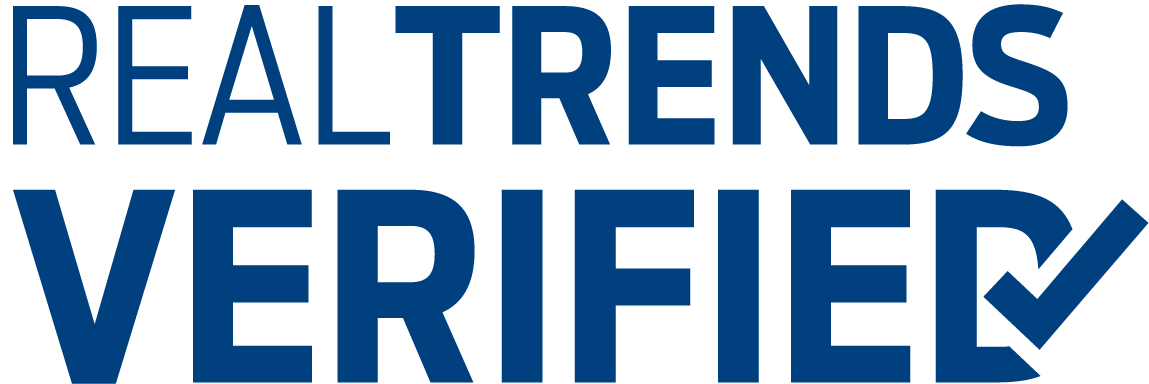What do you say to frustrated buyers? Nothing, you just ask good questions.
Have you ever struggled to make an important decision – fearful that you’ll make a mistake? Many home buyers are facing these struggles and fears in today’s market. What if I don’t pay enough and lose the house? What if I get the house but pay too much?
At a recent Ninja Installation, a Ninja from Austin, Texas asked what she should say to frustrated buyers. The buyer is an engineer (perfectionist) and builds spreadsheets to analyze what he should pay for a house.
“He’s lost out on so many houses that I quit counting after 12 offers,” she said. “At last, we’re in the top three contracts, and the listing agent told us to make our best and final offer. The buyer is a little over $1 million and is convinced he’s offering top dollar based on his spreadsheet. I believe it will take at least $1.1 million for him to have a chance to buy this house. What should I say to him?”
My response was, ‘As a Ninja, you don’t say anything. You ask good questions. I recommend a couple of sleep questions.’ These questions will help you calm frustrated buyers. Here they are:
1. If you offer a little over $1 million and discover later that you could have owned this house for $1.1 million, will you be able to sleep at night?
2. If you raise your offer to $1.1 million, and you win this house, will you be able to sleep at night?
The Ninja asked her frustrated buyer the sleep questions that night after class. He went to $1.1 million and won the house! Most importantly, he’s comfortable with his decision. What happened? These two questions moved the decision out of his conscious (spreadsheet) mind and into his non-conscious (feelings) mind. His non-conscious is a much higher-level processor. It’s also where he determines his comfort level.
Here’s the science. We are equipped with two high-level processors – our conscious and our non-conscious. Our conscious mind processes at 2,000 bits per second and runs in sequential mode. An example of sequential processing is language.
It’s step-by-step, one word after another. For this reason, it is difficult (some say impossible) to multi-task in sequential mode. Analytical thinking and spreadsheets are done consciously in sequential mode.
Our non-conscious part of the brain processes at 400 billion bits per second and runs in simultaneous mode. It’s processing massive amounts of data at the same time. For example, when we’re asleep, our non-conscious brain is running all the processes to keep us alive – breathing, heart beating, body temperature control, etc.
We do not have to think about this. Also, when we’re asleep, it’s processing our thoughts, experiences, and data collection. If it’s concerned that we are making a mistake, it sends an alert by waking us up. Sometimes it’s a small voice that speaks to us.
Pay attention to the messages coming from your non-conscious. It will send you an alert if it feels you are in danger. Honor the small voice. Ask it for help if your conscious processor isn’t providing the answers.
Thomas Edison, when stuck working on an invention, would take a nap and ask his non-conscious for an answer. Many times, he would wake up with the answer. He understood the processing power of his non-conscious mind and was a master of the sleep test.
Stuck on a decision? Fearful? Looking for answers? Take the sleep test.

